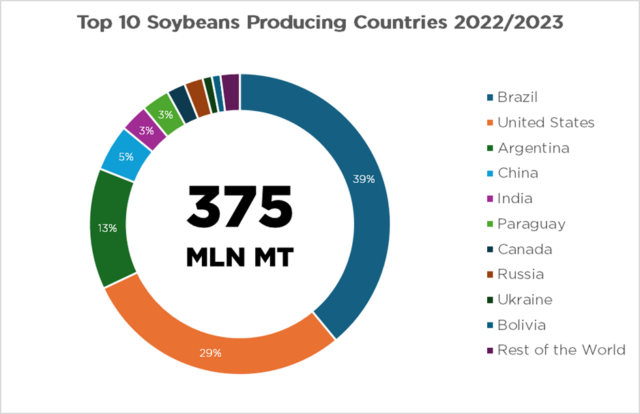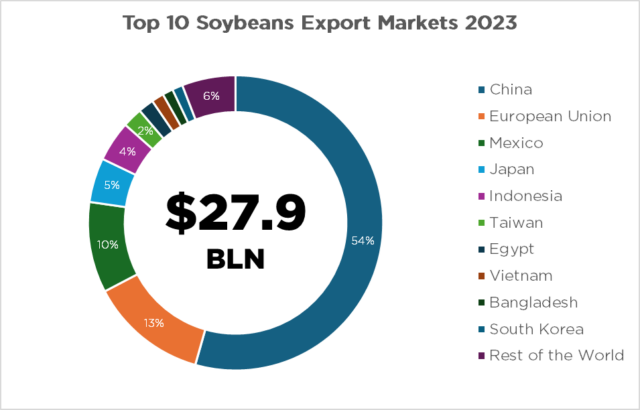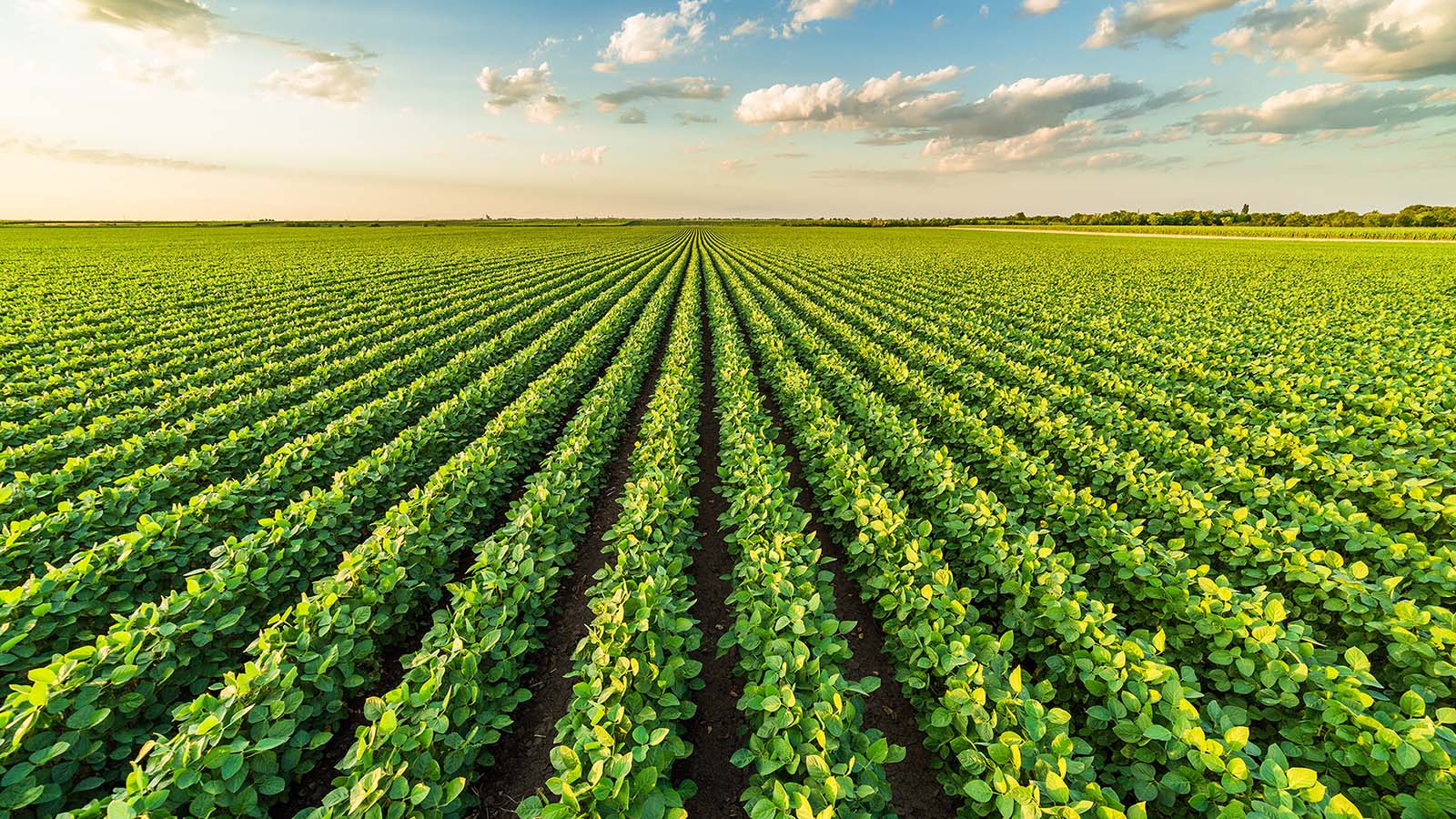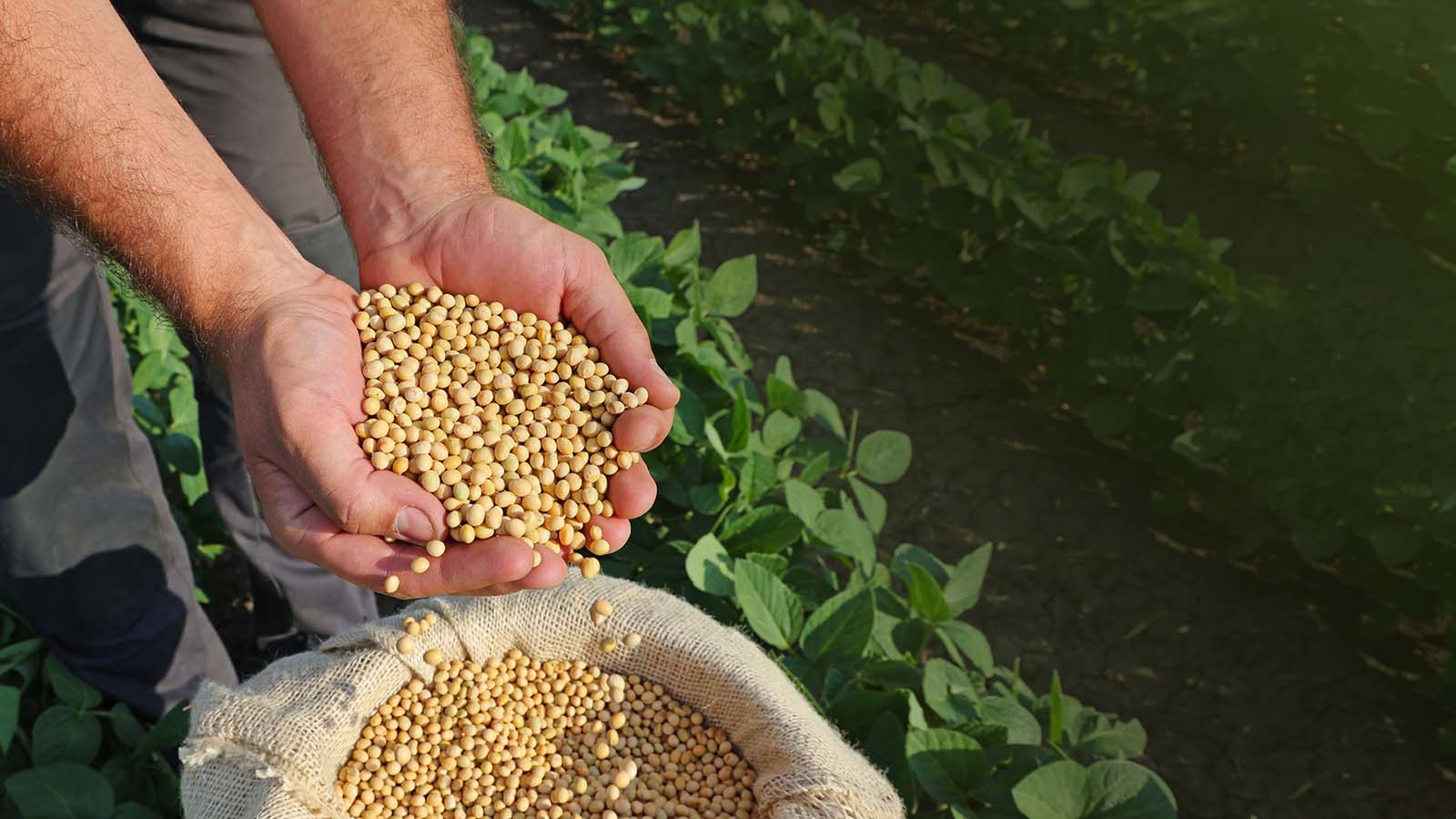Soybeans, a nutritious legume, have emerged as a globally demanded commodity in the international trade. Those beans, scientifically known as Glycine max, are valued for their high protein and oil content, making them an indispensable ingredient in various food products and animal feed.
Soybeans have played a key role in Asian cuisines for centuries. In China, soybeans are believed to have been cultivated as early as the Zhou Dynasty (1046–256 BCE), and they are integral to dishes like tofu, soy sauce, and soy milk.
Soybeans are a primary source of vegetable oil, with around 80% of global soybean production processed for oil extraction, which is used in a wide range of culinary applications, including frying, baking, and dressings. After oil extraction, the remaining soybean meal is rich in protein and is commonly used as animal feed for livestock, poultry, and aquaculture. Soybean meal accounts for approximately 70-75% of the total soybean value, making it a precious byproduct of processing.
Production landscape
As soybeans are one of the world’s most widely grown crops, its global production has increased steadily over the years to meet the growing demand for food, feed, and industrial uses.
In 2022-2023, Brazil led the market, accounting for 39% of global soybean production, equivalent to 155 million tons, followed by the United States at 28%, Argentina at 13%, and China at 5%.

Data source: US Department of Agriculture
According to International Grain Council, world soybean production for 2023-2024 is forecast to expand by 5% to a record of 395 million tons, mainly linked to bigger crops in South America.
Starting in 2017, Brazil has emerged as the biggest player in the soybean market, with vast expanses of arable land complemented by a favorable climate and best agricultural practices dedicated to soybean cultivation. Despite the CAGR being around 5%, there was a boom in Brazilian soybean production in 2022, with a 25% increase over the previous year.
Argentina is another key player in soybean production and trade in that region, boasting fertile agricultural regions conducive to soybean cultivation. After experiencing a significant drop the year before, Argentina doubled its soybean production volumes in 2023.
Soybeans have a unique ability to fix nitrogen from the air into the soil through symbiotic relationships with nitrogen-fixing bacteria in their root nodules. This trait contributes to soil fertility and sustainability in agricultural systems.
Trade Flows
The international trade of soybeans is characterized by big volumes and driven by diverse factors such as population growth, dietary trends, and economic developments. Trade volumes fluctuate seasonally due to factors like crop yields, weather conditions, and geopolitical events, making soybeans a dynamic commodity in global markets.
While China is a significant producer of soybeans, it also holds a leading position as an importer, driven by its vast population and growing demand for soybean products such as tofu, soy sauce, and animal feed.
Beyond food and feed, soybeans are utilized in various industrial applications, including the production of biodiesel, bioplastics, and soy-based adhesives.
When it comes to numbers, China leading the import charts, accounts for $18 billion, demonstrating a fivefold growth within the last five years.
Collectively, the countries of the European Union, including the Netherlands, Germany and France, are noteworthy importers of soybeans securing the 2nd place in global imports with a total of $3.61 billion in 2023. Soybeans serve as a crucial ingredient in livestock feed and various food processing industries within the EU.
Mexico, strategically positioned between two major soybean-producing countries, takes the third position with imports totaling $2.78 billion.

Data source: US Department of Agriculture
Soybeans, with their nutritional value, versatility, and economic importance, stand as one of the most important agricultural commodities on the global trading map. As production and export volumes continue to surge, this should be seen as a promising foothold for the development of any size businesses. At Maxwer, we adhere to our approach of providing flexible trade finance solutions and trading support for importers and exporters worldwide, with a primary focus on agricultural and essential commodities.
Want to know more? Check out our trade finance solutions and submit your request now!



